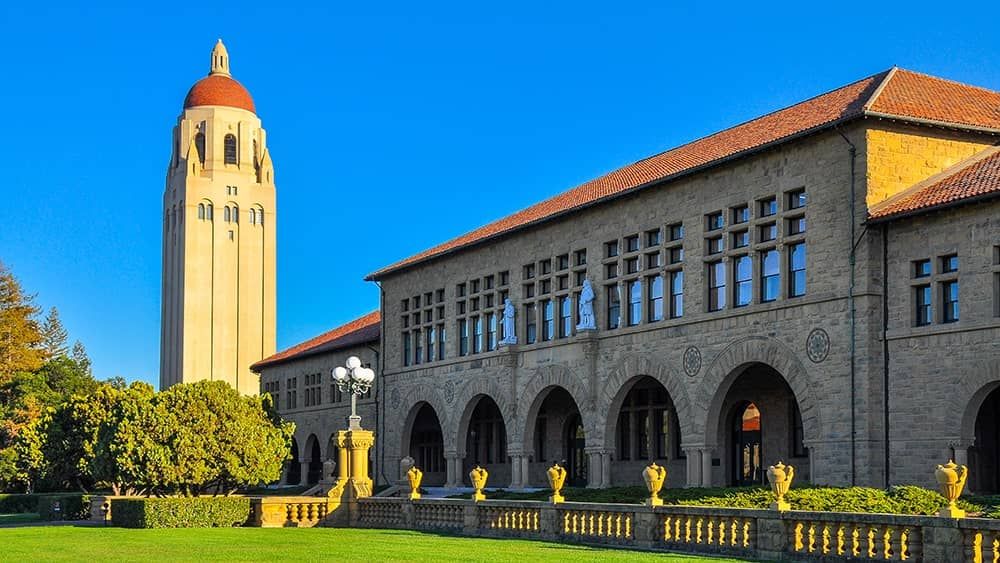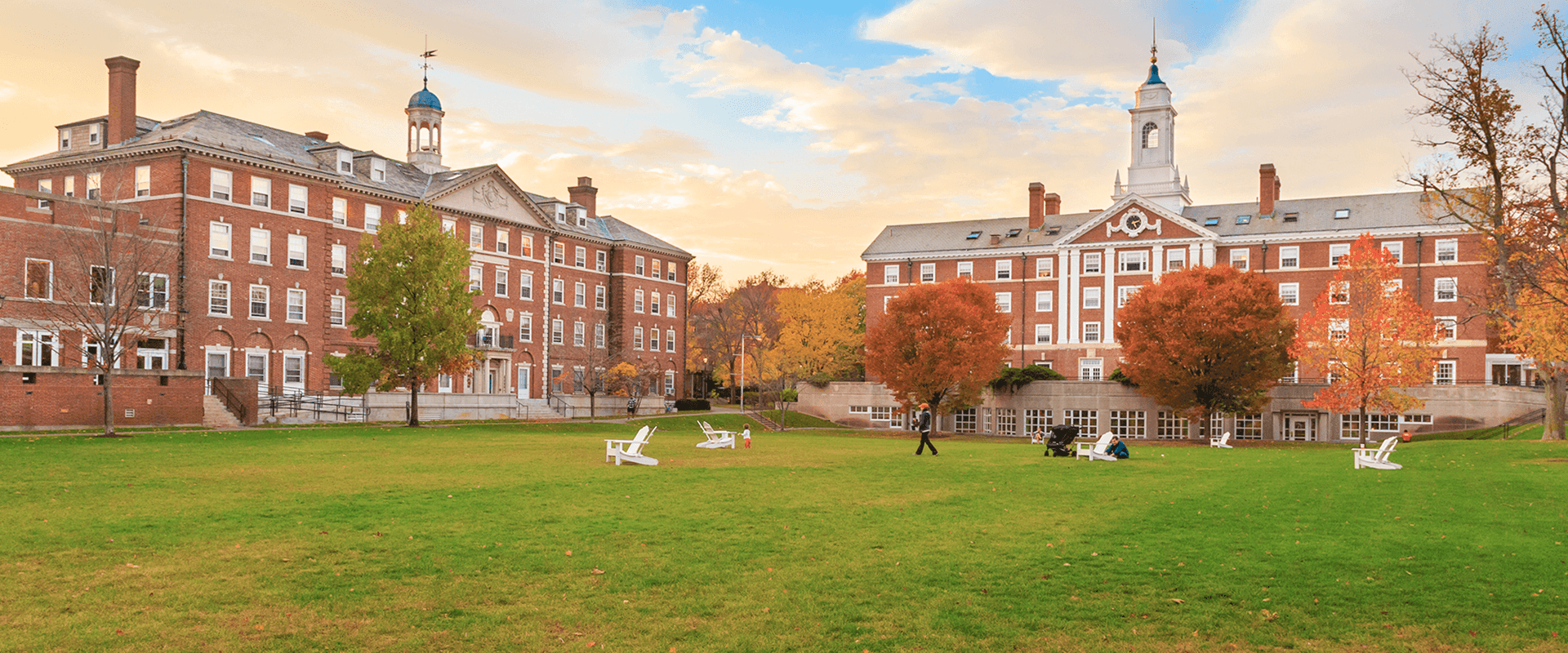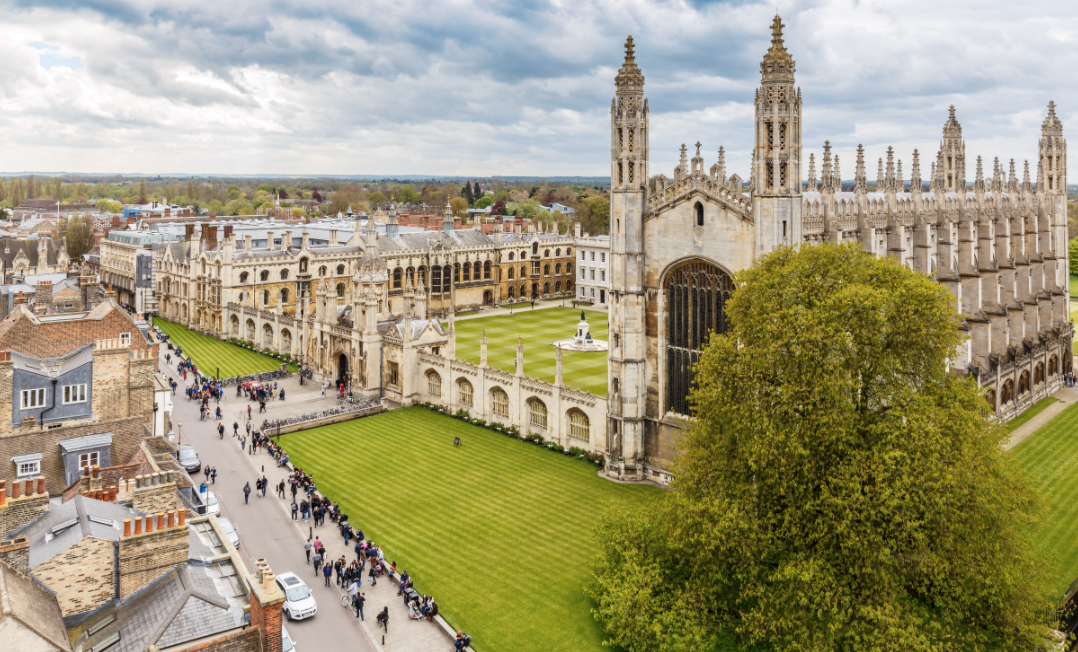Какие увлечения помогут поступить на программы бизнеса и экономики в США
Read now/f/64062/2400x1260/81cbed9a21/ru-business-economics.jpg)
Задать вопрос
/f/64062/5760x3840/b4736329e6/shutterstock_243773131.jpg)
However, before we take a look at some of the world’s top law schools, there are a few factors beyond rankings you should strongly consider prior to deciding where to study law.
Do you want to study a specific kind of law?
Most law schools will have a range of different programs for you to choose from. If you are interested in a certain type of law — such as criminal law, environmental law, corporate law, family law, or a slew of other areas — make sure you research the best programs in that field. If you haven’t decided yet, but know you want to study law in general, a broader list of rankings such as this one will do!
Where do you want to practice law?
Where you study and where you practice don’t have to be the same, but it can certainly be beneficial. You will have better access to top local law firms and a much larger alumni network in the city you went to school in; therefore, you will have a greater chance of securing a desirable job in that location.
Beyond networking and employability, the country you choose to study in will also impact your potential earnings as a lawyer. Take a look at the variations in average salary for lawyers in 10 different countries:
| Country | Average Salary |
|---|---|
| United States | $230,000 USD |
| Switzerland | $212,000 USD |
| Hong Kong | $198,000 USD |
| South Africa | $194,000 USD |
| Japan | $154,000 USD |
| France | $153,000 USD |
| Australia | $124,000 USD |
| Singapore | $108,000 USD |
| Belgium | $106,000 USD |
| United Kingdom | $103,000 USD |
Now that you know a bit about what to consider when searching for potential law schools, here’s a list the top 5 law schools in the US followed by the top 5 law schools in the UK — all of which fall into the top 25 law schools in the world! Compare admissions statistics, entry requirements, costs and more to help you determine your personal priorities when it comes to pursuing a degree in law.
5. Columbia University
Acceptance Rate: 18.4%
Entry Requirements: LSAT, all university transcripts (graduate and undergraduate), 2 letters of recommendation, Dean’s letter (if applicable), CV, and a personal statement.
Average LSAT Score: 171
Average GPA: 3.7
Student Teacher Ratio: 4.5:1
Number of Students: 1244
Program Length: 3 years
Total Cost (tuition, board and personal expenses): USD 274,620 for 3 years
4. University of Chicago
Did you know that UChicago Law School's Supreme Court Review is one of the most cited legal journals in the world?
Acceptance Rate: 15%
Entry Requirements: LSAT, character and fitness, all university transcripts (graduate and undergraduate), letters of recommendation and evaluation, CV, and a personal statement.
Average LSAT Score: 171
Average GPA: 3.89
Student Teacher Ratio: 5.1:1
Number of Students: 633
Program Length: 3 years
Total Cost (tuition, board and personal expenses): USD 276,021 for 3 years
3. Stanford University
You have many options at Stanford, such as creating a joint degree and picking your courses.
Acceptance Rate: 9.1%
Entry Requirements: LSAT, all university transcripts, 2 letters of recommendation, CV, and a personal statement.
Average LSAT Score: 169
Average GPA: 3.93
Student Teacher Ratio: 4.1:1
Number of Students: 572
Program Length: 3 years
Total Cost (tuition, board and personal expenses): USD 277,866 for 3 years
2. Harvard University
Having such a large student body means that a) your classmates will be quite diverse, b) there are more courses offered at Harvard than any other law school, and c) your sections will be extensive.
As of the Class of 2018, Harvard Law accepts the GRE in place of the LSAT to broaden its applicant pool and give more people from diverse backgrounds and lower socioeconomic statuses the chance to attend.
Acceptance Rate: 15.6%
Entry Requirements: LSAT or GRE, all university transcripts, 2 letters of recommendation, CV, and a personal statement.
Average LSAT Score: 173
Average GPA: 3.9
Student Teacher Ratio: 7.2:1
Number of Students: 1990
Program Length: 3 years
Total Cost (tuition, board and personal expenses): USD 277,350 for 3 years
1. Yale University
Acceptance Rate: 9.7%
Entry Requirements: LSAT, all university transcripts, 2 letters of recommendation, CV, and a personal statement.
Average LSAT Score: 173
Average GPA: 3.92
Student Teacher Ratio: 4.3:1
Number of Students: 676
Program Length: 3 years
Total Cost (tuition, board and personal expenses): USD 247,806 for 3 years
5. University of Edinburgh
Entry Requirements: Academic transcripts, written work, 3 letters of recommendation, CV, and a personal statement.
Average LSAT Score: N/A
Average GPA: 3.25
Student Teacher Ratio: N/A
Number of Students: 980
Program Length: 12 months
Total Cost (tuition, board and personal expenses): UK: USD 18,791, EU/Overseas: USD 32,919
4. London School of Economics and Political Science (LSE)
Courses are offered in a broad range of fields including arbitration, human rights, international law, corporate, commercial and financial law.
Acceptance Rate: 8.6%
Entry Requirements: Academic transcripts, written work, 3 letters of recommendation, CV, and a personal statement.
Average LSAT Score: N/A
Average GPA: 3.7
Student Teacher Ratio: N/A
Number of Students: N/A
Program Length: 12 months
Total Cost (tuition, board and personal expenses): UK/EU: USD 23,769 Overseas: USD 34,607
3. University College London
Acceptance Rate: 7.4%
Entry Requirements: Academic transcripts, 2 references (at least one academic), English proficiency (tested when needed), and a personal statement.
Average LSAT Score: N/A
Average GPA: 3.3 or the equivalent of Upper Second-Class Honours (2.1)
Student Teacher Ratio: 5.8:1
Number of Students: 460
Program Length: 12 months
Total Cost (tuition, board and personal expenses): EU/UK: USD 42,794, International: USD 51,106
2. University of Oxford
Oxford has two main master’s programs; the Bachelor of Civil Law (BCL), designed for students from a law background, and a Magister Juris (MJur), designed for students new to law.
Acceptance Rate: N/A
Entry Requirements: Academic transcripts, written work, 3 letters of recommendation, CV, and a personal statement.
Average LSAT Score: N/A
Average GPA: 3.7
Student Teacher Ratio: N/A
Number of Students: 90 students a year
Program Length: 9 months
Total Cost (tuition, board and personal expenses): UK/EU: USD 35,283, Overseas: USD 41,417
1. University of Cambridge
Keep in mind that obtaining an LLM will not allow you to practice Law in the US; however, Harvard has a joint LLM/JD program with Cambridge that will give you a degree from both schools in three and a half years.
Acceptance Rate: N/A
Entry Requirements: First class degree in law, English requirement (IELTS or TOEFL), 2 academic letters of recommendation, and a CV.
Average LSAT Score: N/A
Average GPA: top 5%-10% of your class
Student Teacher Ratio: N/A
Number of Students: 154
Program Length: 9 months
Total Cost (tuition, board and personal expenses): UK: USD 28,961, EU: USD 29,360, Overseas: USD 40, 657
Do you have big dreams of becoming a lawyer with a degree from one of these world-leading universities? Crimson can help you turn that dream into a reality! Crimson students are 2-4x more likely to gain admission to Oxbridge and the Ivy League compared to the average applicant. To learn more about how we can help you get started on the path to a prestigious law school, click the link below to schedule a free consultation with an Academic Advisor.